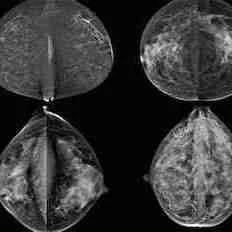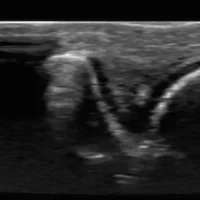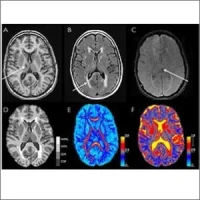Breast density may not be a strong independent factor for increased breast cancer risk, according to a new study to be presented on Thursday 3 December at the annual meeting of the Radiological Society of North America (RSNA).
Natasa Katavic, MD, from the Department of Radiology at Health Center Osijek in Osijek, Croatia and colleagues analysed data from 52,962 mammography exams performed in women ages 50 to 69 over five years at five different mammography facilities. Women in Croatia in this age group are invited for screening every two years.
Cancers in dense breast tissue are more difficult to see on mammograms, and previous research has shown an association between breast density and breast cancer. In several countries, women with dense breasts are advised to get supplementary screening with ultrasound or MRI. The breast density advocacy movement has led increasing numbers of states in the USA to pass legislation making it mandatory to let women know if they have dense breasts.
See Also: Breast Density: Why Women Need to Know
The Croatian researchers set out to determine if breast cancer patients had more dense breast tissue than healthy women. They also analysed what the percentage of dense breasts was in the postmenopausal population to determine the value of mammography screening for this group.
Two radiologists read the mammograms independently and determined breast density according to standard criteria. The researchers compared data between patients in the low-density breast tissue group and the high-density group. Most screened women had low breast density.
Of the 230 detected breast cancers, almost half were from the group with the lowest ranked breast density (BI-RADS 1-2), while slightly less than 3 percent came from women in the highest breast density category (BI-RADS 3-4). Mammographic density distribution in breast cancer patients47.64% in ACR1 group; 36.32% ACR2; 13.21% ACR3 and 2.83% ACR4.
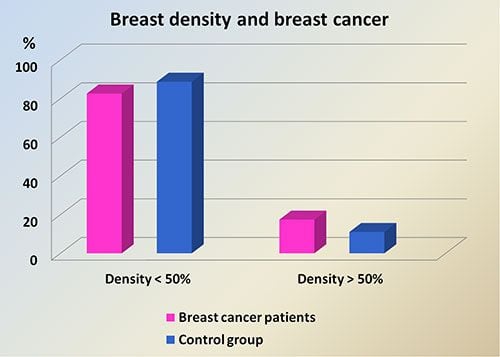
When the researchers matched the women who had a detected cancer with control participants of the same age and from the same locales who did not have cancer, they found no significant difference in mammographic density. Women with low mammographic density made up 83 percent of the patients in the breast cancer group, compared with 89 percent in the control group, while high mammographic density was found in 17 percent of the breast cancer patients and 11 percent of women in the control group.
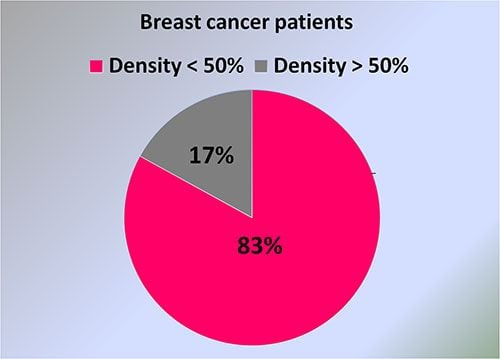
"In our study, we found that there was no significant difference in breast density between breast cancer patients and the control group in the screening programme," said Dr. Katavic.
The study did not find a strong association between higher mammographic densities and a higher risk of breast cancer among postmenopausal women, she added.
"Our study suggests that breast density alone might not be a strong independent risk factor for breast cancer," she said. "In risk assessment, all risk factors should be considered before decisions on additional examinations."
Co-authors on the study are Kristina Bojanic, MD, Prof. Kristina Kralik, Tibor Santo, MD, Kristina Vidacic, MD, Mirta Pacovski, MD, and Miroslav Sikora, DMD.
When and Where
Dr. Katavic will be discussing the poster “Association of breast density with breast cancer risk in screening mammography” on Thursday 3 December, 12.15-12.45pm in the Breast Poster area, Lakeside Learning Center.
Carine Khoury
Managing Web Editor, HealthManagement.org
Source and image credit: Radiological Society of North America
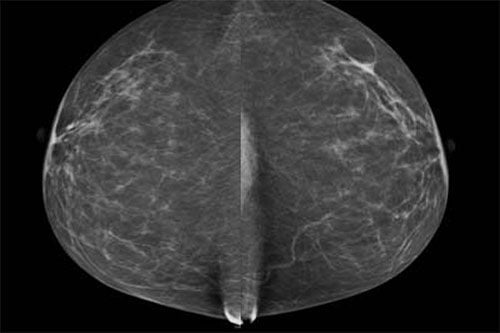
Fatty breast on mammography

Scattered fibroglandular breast on mammography.
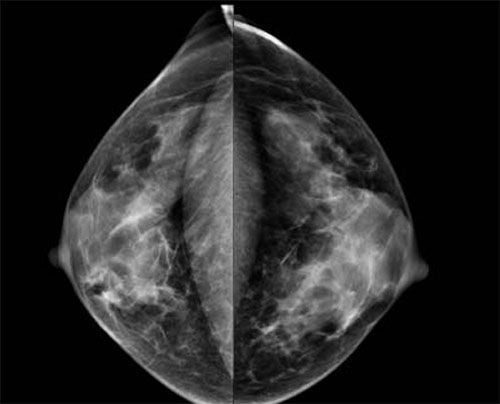
Heterogeneously dense breast on mammography.
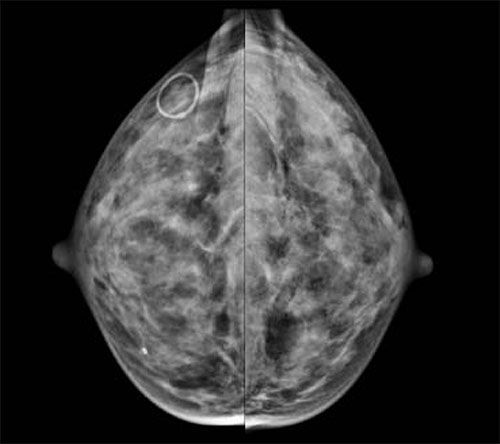
Extremely dense breast on mammography.
Natasa Katavic, MD, from the Department of Radiology at Health Center Osijek in Osijek, Croatia and colleagues analysed data from 52,962 mammography exams performed in women ages 50 to 69 over five years at five different mammography facilities. Women in Croatia in this age group are invited for screening every two years.
Cancers in dense breast tissue are more difficult to see on mammograms, and previous research has shown an association between breast density and breast cancer. In several countries, women with dense breasts are advised to get supplementary screening with ultrasound or MRI. The breast density advocacy movement has led increasing numbers of states in the USA to pass legislation making it mandatory to let women know if they have dense breasts.
See Also: Breast Density: Why Women Need to Know
The Croatian researchers set out to determine if breast cancer patients had more dense breast tissue than healthy women. They also analysed what the percentage of dense breasts was in the postmenopausal population to determine the value of mammography screening for this group.
Two radiologists read the mammograms independently and determined breast density according to standard criteria. The researchers compared data between patients in the low-density breast tissue group and the high-density group. Most screened women had low breast density.
Of the 230 detected breast cancers, almost half were from the group with the lowest ranked breast density (BI-RADS 1-2), while slightly less than 3 percent came from women in the highest breast density category (BI-RADS 3-4). Mammographic density distribution in breast cancer patients47.64% in ACR1 group; 36.32% ACR2; 13.21% ACR3 and 2.83% ACR4.

When the researchers matched the women who had a detected cancer with control participants of the same age and from the same locales who did not have cancer, they found no significant difference in mammographic density. Women with low mammographic density made up 83 percent of the patients in the breast cancer group, compared with 89 percent in the control group, while high mammographic density was found in 17 percent of the breast cancer patients and 11 percent of women in the control group.

"In our study, we found that there was no significant difference in breast density between breast cancer patients and the control group in the screening programme," said Dr. Katavic.
The study did not find a strong association between higher mammographic densities and a higher risk of breast cancer among postmenopausal women, she added.
"Our study suggests that breast density alone might not be a strong independent risk factor for breast cancer," she said. "In risk assessment, all risk factors should be considered before decisions on additional examinations."
Co-authors on the study are Kristina Bojanic, MD, Prof. Kristina Kralik, Tibor Santo, MD, Kristina Vidacic, MD, Mirta Pacovski, MD, and Miroslav Sikora, DMD.
When and Where
Dr. Katavic will be discussing the poster “Association of breast density with breast cancer risk in screening mammography” on Thursday 3 December, 12.15-12.45pm in the Breast Poster area, Lakeside Learning Center.
Carine Khoury
Managing Web Editor, HealthManagement.org
Source and image credit: Radiological Society of North America
Top
image: Four different categories of breast density: fatty (top left),
scattered fibroglandular (top right), heterogeneously dense (bottom
left) and extremely dense (bottom right).

Fatty breast on mammography

Scattered fibroglandular breast on mammography.

Heterogeneously dense breast on mammography.

Extremely dense breast on mammography.
Latest Articles
RSNA 2015, #RSNA15, Breast density, Breast cancer, Mammography
Natasa Katavic, MD, from the Department of Radiology at Health Center Osijek in Osijek, Croatia and colleagues analysed data from 52,962 mammography exams performed in women ages 50 to 69 over five years at five different mammography facilities. They foun





